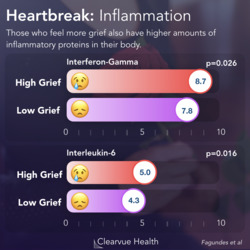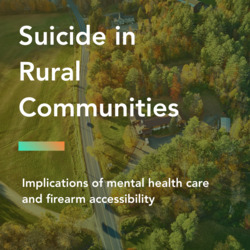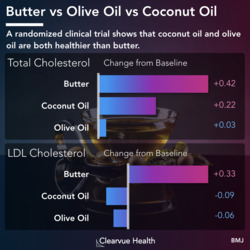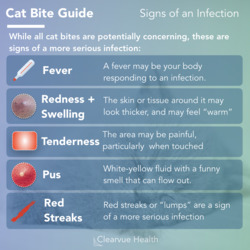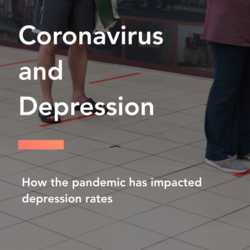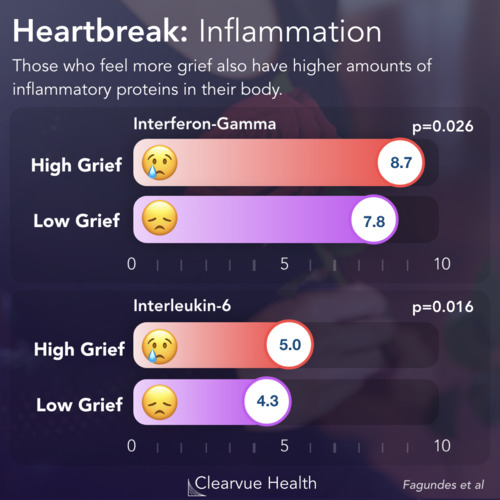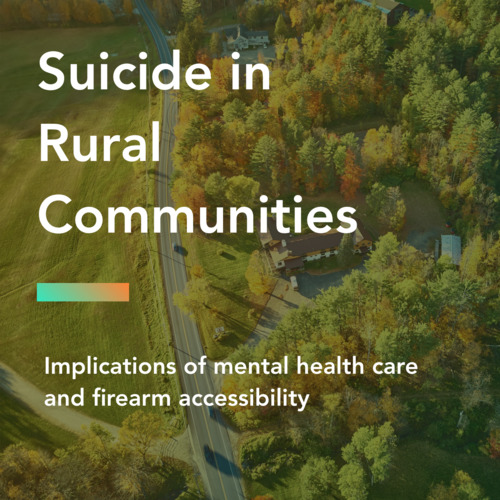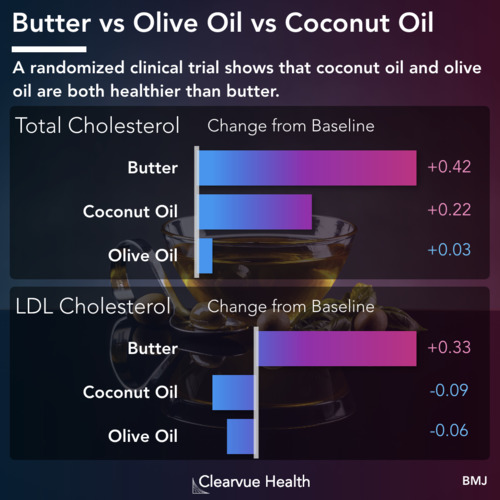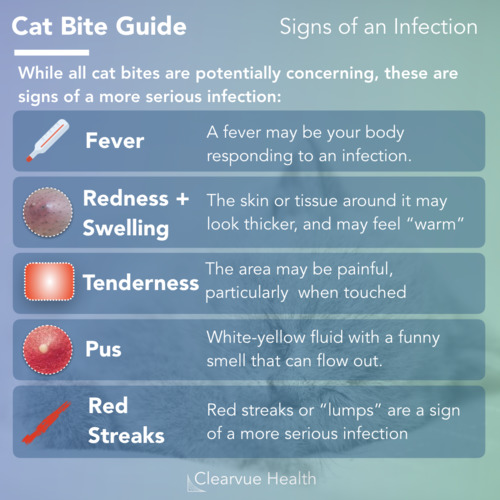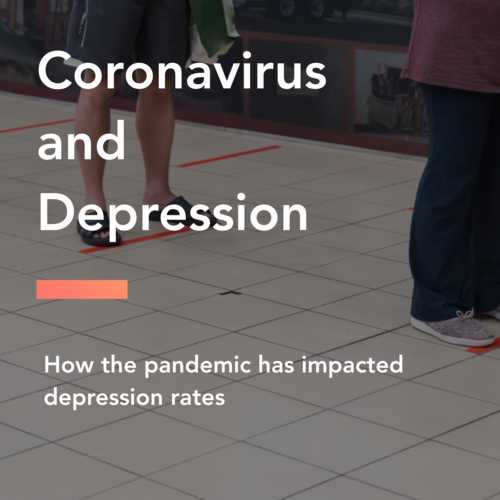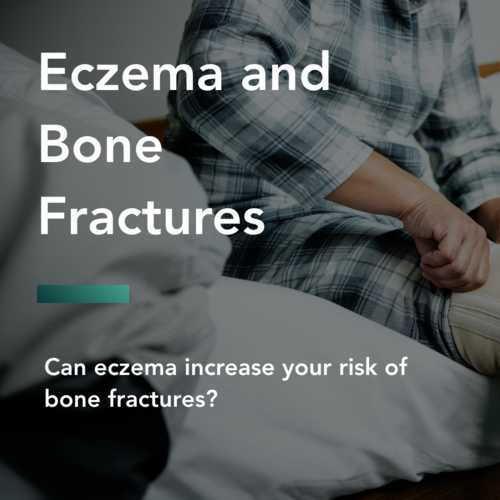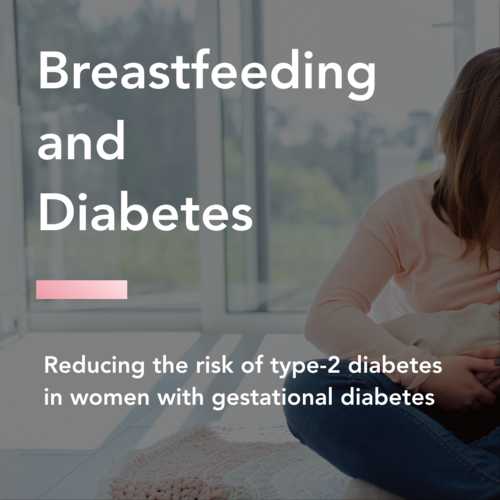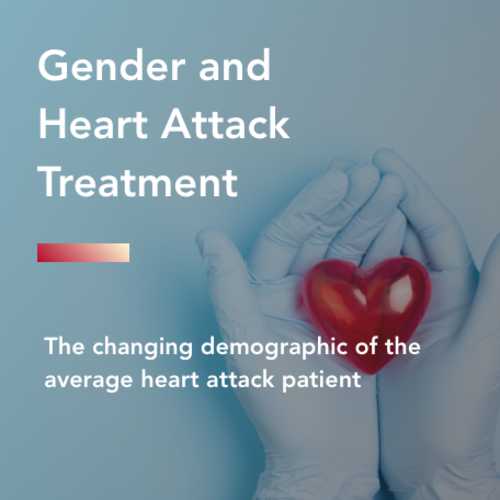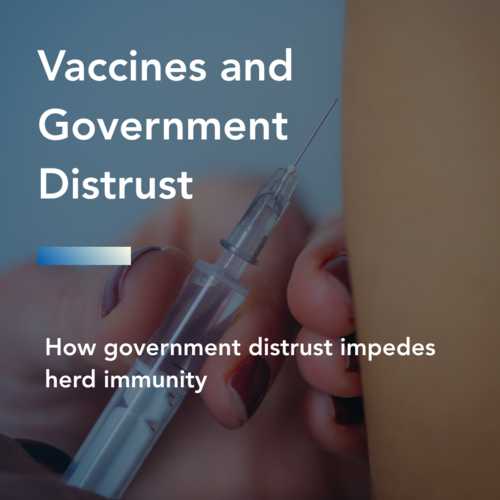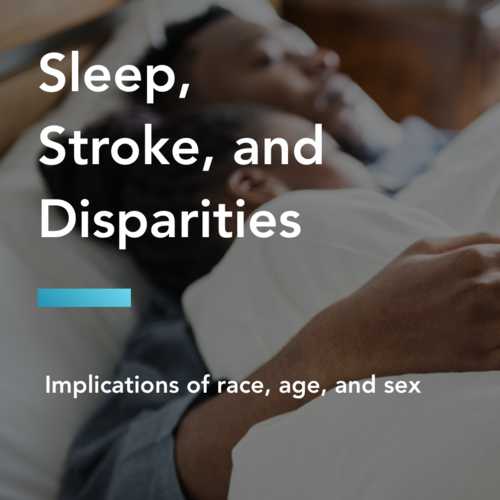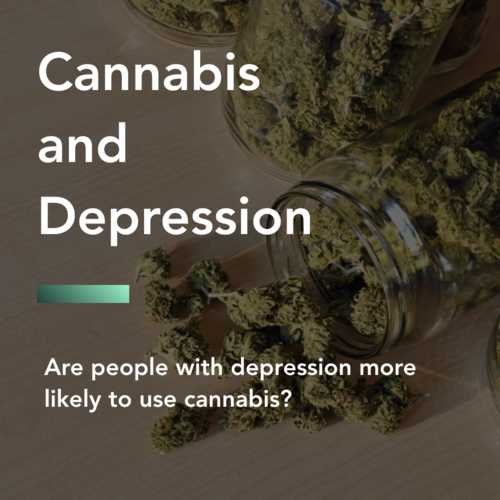PTSD in Vietnam Veterans

As many may know, PTSD was first diagnosed among veterans in Vietnam. While it had been known by multiple terms such as Shell Shock in WW1, it was only in the 1960s and 70s when experts began formalizing PTSD as a disorder.
As shown in the data above, Vietnam Veterans have some of the highest levels of PTSD. About a quarter of veterans have experienced full PTSD, meeting the full diagnostic criteria for a disorder. Another 16.2% experienced significant symptoms of PTSD that did not meet the full criteria of a disorder but were serious nonetheless.
Source: A descriptive analysis of PTSD chronicity in Vietnam veterans.
PTSD in Gulf War Veterans

Similarly, Gulf War veterans experienced a high prevalence of PTSD. The study that examined this split veterans into those who were deployed and those who were not.
As expected based on the association between PTSD and combat exposure, those deployed to the battlefield in the Gulf War had 4x the risk of PTSD compared to those who were not.
The level of PTSD in Gulf War veterans, based on this survey, is lower than the results from the Vietnam veterans study. This may be because of differences in war experiences, with fewer troops exposed to combat in the Gulf War. It may be also be because these studies examine lifetime prevalence and the Gulf War veterans, being younger, have had less time to develop PTSD.
PTSD Lifetime Prevalence

While PTSD was initially documented and portrayed as a combat soldier's psychological disorder, subsequent research has found that most people with PTSD today are civilians. PTSD, as currently defined by psychiatrists, can stem from many types of trauma. These can include near death situations, serious injury, or sexual violence.
In data from the Veterans Administration, American women have a much higher rate of PTSD than American men. Around 10% of American women will experience PTSD in their lifetime, compared to 3.6% of American men.
Source: Epidemiology of PTSD
While men are more likely to have experienced combat, the vast majority of PTSD cases today do not arise from combat.

To estimate how many Americans are experiencing PTSD at any given moment, rather than lifetime prevalence, researchers looked at the 1 year prevalence of PTSD. They estimated that around 5% of American women will experience PTSD in any given year compared to 2% of American men.





